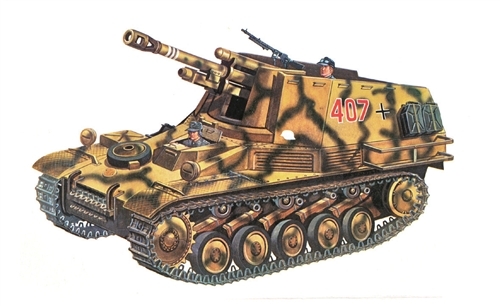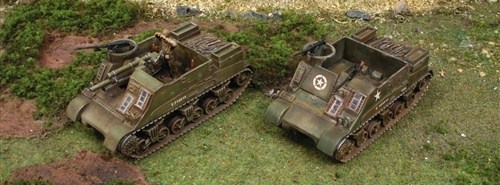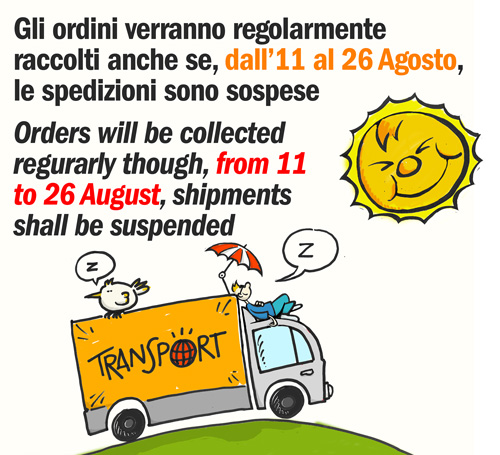ITALERI NEWS
FOCUS ON
06 July 2012
OUR IN DEPTH REVIEW : THE SELF-PROPELLED ARTILLERY
.jpg)
Self-propelled Artillery
Part I
Historical Background
The first experiments to ensure mobility and flexibility to the guns batteries in order to mix and match the firepower and speed of movement were made from the beginning of the Thirty Year's War in the early 17th Century. The batteries of light artillery, drawn by horses, could move more quickly on the battlefield to support the initiatives of the infantry and cavalry. The gunners could quickly dismount from the horses or from the carriages, deploy the guns in firing position and provide instant support. The horse artillery was used with great efficiency and specialization during the Napoleonic wars, in particular from the French Grande Armée and the British Army, and remained in use throughout the entire 19th Century.
French Artillery Train : Napoleonic Wars
The origin
The rapid and fast innovation and its terrible applications in weapons technology during the First World War made the role of horse artillery obsolete. At the same time a new war machine was born and it would have rapidly changed and revolutionized the military strategy : the tank. Few years later, thanks to the combination of mobility and protection features of the tanks with the firepower of guns and howitzer that the first prototypes of self-propelled artillery were born.
Among the first examples of self-propelled artillery we can remember the British Gun Carrier Mark I, fielded in 1917 during the first World War. It carried a gun that could either be used directly on board or dismount and set up in firing position as a more tradition field artillery howitzer. From this stage, the slow artillery tractors on wheels, characterized by off road low mobility and absence of protective armor, began a rapid but inexorable decline.
World War II
However, at the beginning of the World War II the most part of artillery was still moved by tractors or horses. The German blitzkrieg doctrine based on combined-arms action and speed, changed the rules and provided a real boost to the role of self-propelled artillery on the battlefields.
The German Army designed the guidelines for the use of self-propelled artillery. Using the same tank chassis and engines in production, they developed the assault guns (Sturmgeschütz) to provide direct fire support to infantry, the tank destroyers (Panzerjäger) and the mobile howitzers.

The small tank destroyer Panzerjager I (on light tank Panzer I chassis armed with 47 mm gun (left) and the famous assault gun "Stug III" armed with its 75 mm gun (right)
The use of the above mentioned types was different from each other. The assault guns (as Sturmgeschütz III) and the Panzerjäger could operate in direct contact with the enemy and then, even if equipped with a fixed gun (typically 75 mm), they were heavily armored especially in the front. 
One of the biggest armoured vehicle built during WWII, the tank detroyer Elefant with its 88mm. gun (left)and the Jagdpanzer IV based on Panzer IV medium tank chassis (right)
Regarding the self-propelled howitzer the operational use was completely different. They used to work behind the front line and they were characterized by less protection, but were armed with howitzers firing at long range and curved. Based on Panzer II light tank, the German Wespe was armed with a 105 mm howitzer while the bigger Hummel, based on Panzer III and IV medium tank chassis, had a 150 mm. howitzer. Both of them are typical example of open-topped hull self-propelled artillery. 
SD.KFZ.124 "Wespe" : produced in 500 units between 1941 and 1943, it has been used on all fronts
From Allies side one of the first self-propelled gun was the British Bishop, based on the Valentine tank chassis. However the most widely known was the American M7 Priest 105mm howitzer with the open-topped hull bases on M3 tank.

Diorama with two M7 : the mobile howitzer and its supporting vehicles (without gun).
In the second part of our indepth review the history of self-propelled artillery from the WW II to our days.

